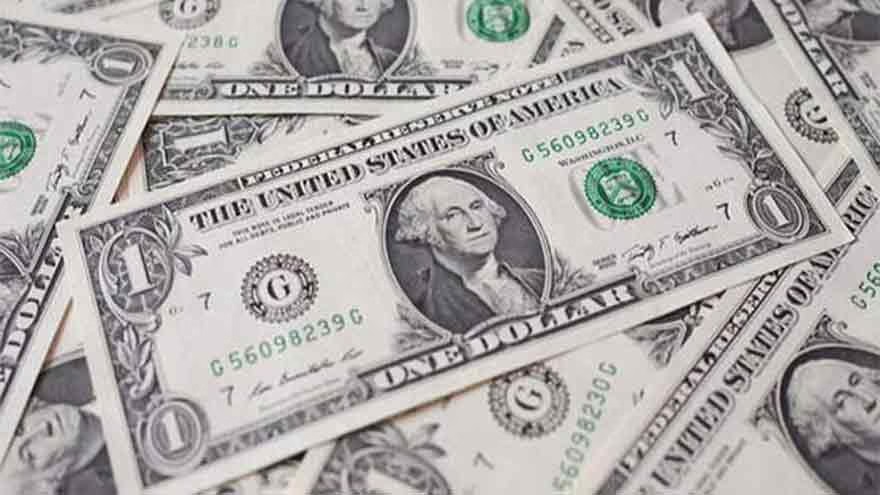Moody’s, on Friday, revised the outlook on the United States credit rating from “stable” to “negative,” citing substantial fiscal deficits and declining debt affordability. The move prompted immediate criticism from the Biden administration, as it follows a previous downgrade by Fitch earlier this year. Concerns over federal spending and political polarization have contributed to a selloff in US government bonds, reaching their lowest levels in 16 years.
Christopher Hodge, Chief Economist for the US at Natixis, acknowledged the rationale behind the decision, pointing to the absence of foreseeable fiscal consolidation. Moody’s highlighted the risk of continued political polarization hindering consensus on a fiscal plan to address the declining debt affordability.
William Foster, a senior vice president at Moody’s, explained that significant policy responses might not occur until 2025 due to the political calendar. Meanwhile, Republicans controlling the US House of Representatives are set to release a stopgap spending measure to avert a partial government shutdown.
Moody’s, the last of the three major rating agencies to maintain a top rating for the US, affirmed its long-term issuer and senior unsecured ratings at ‘Aaa,’ indicating a possible downgrade over the medium term. The White House criticized the move, attributing it to congressional Republican extremism.
Deputy Treasury Secretary Wally Adeyemo emphasized the strength of the American economy and disagreed with the shift to a negative outlook. He noted the Biden administration’s commitment to fiscal sustainability and deficit reduction measures.
While a Moody’s downgrade could intensify fiscal concerns, investors remain skeptical about its material impact on the US bond market’s status as a safe haven. The decision adds pressure on congressional Republicans to advance funding legislation and comes amid declining poll numbers for President Biden and rising political tensions.



